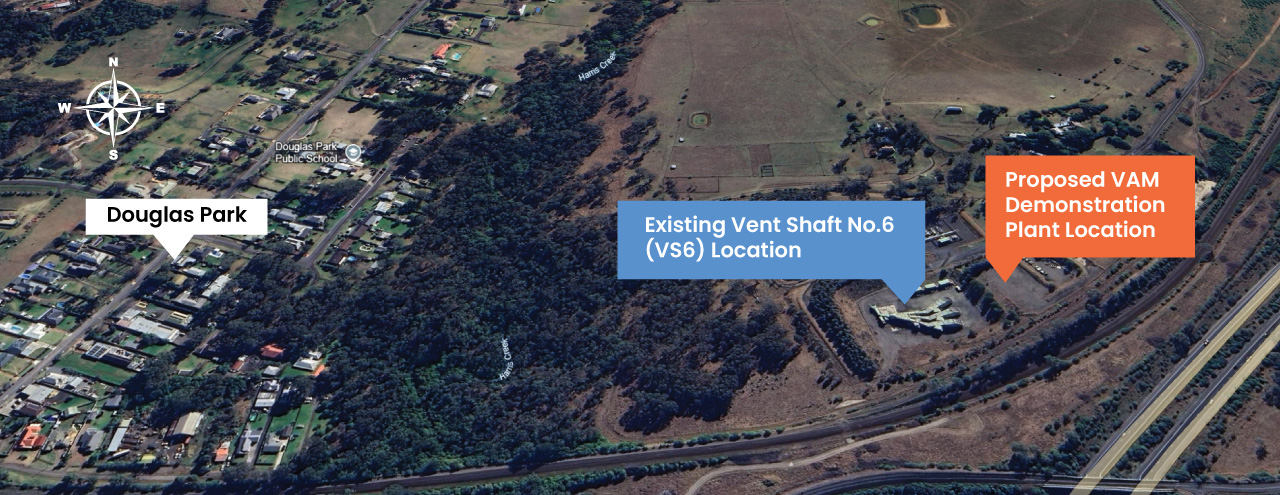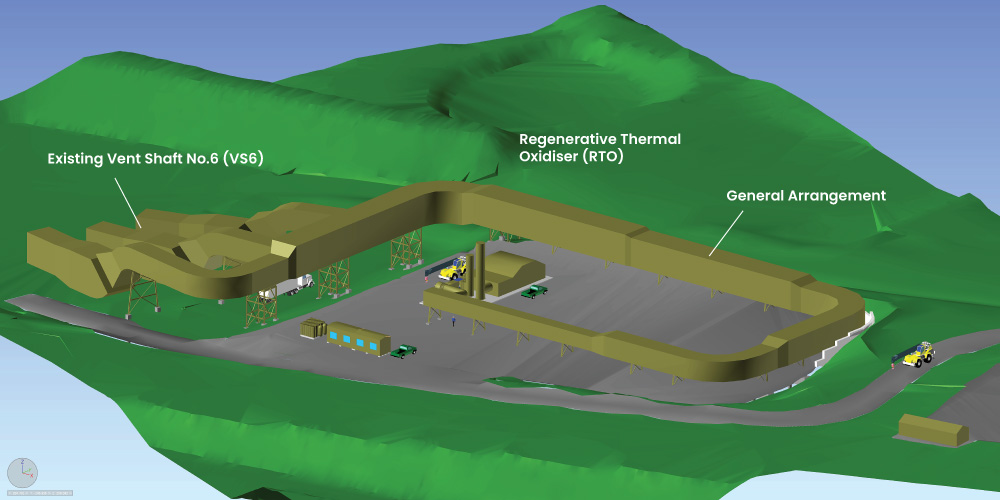Benefits
Once operational, the plant aims to reduce greenhouse gas emissions by approximately 36,000 tonnes CO2-e per year, the equivalent of taking about 8,500 cars off the road.
The Project would also serve as a significant case study for the industry, showcasing the practical application of VAM abatement for fugitive emissions from underground coal mines. Its successful implementation and outcomes would provide valuable insights and data that would be used to inform future VAM abatement projects.







